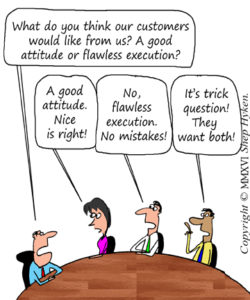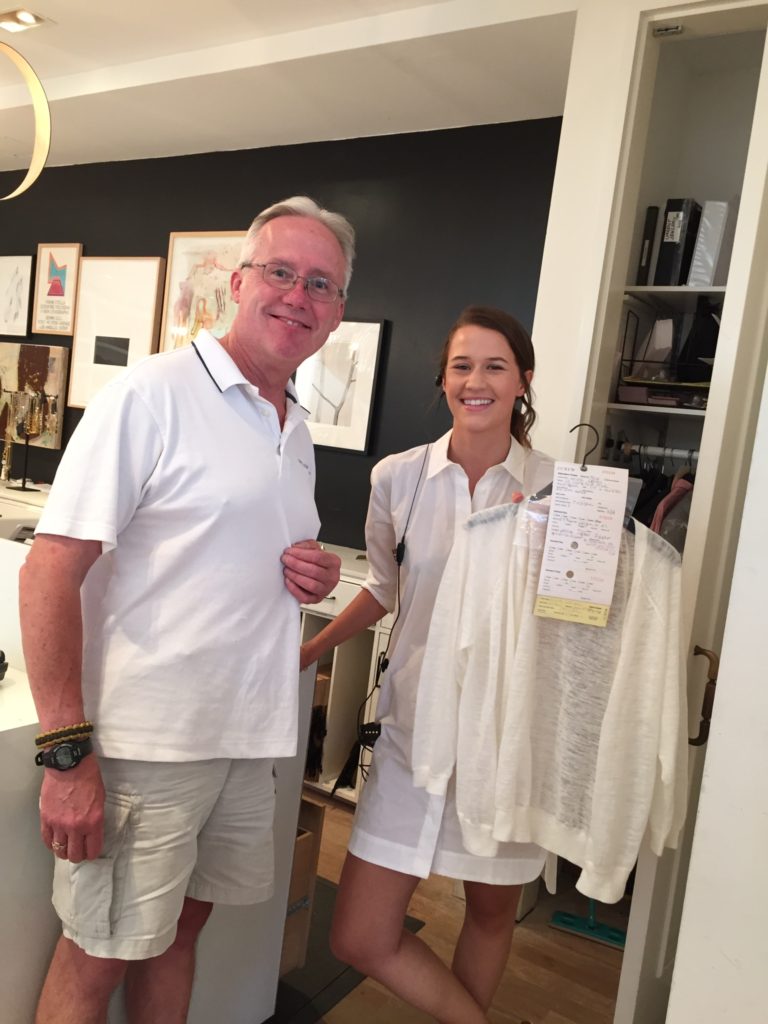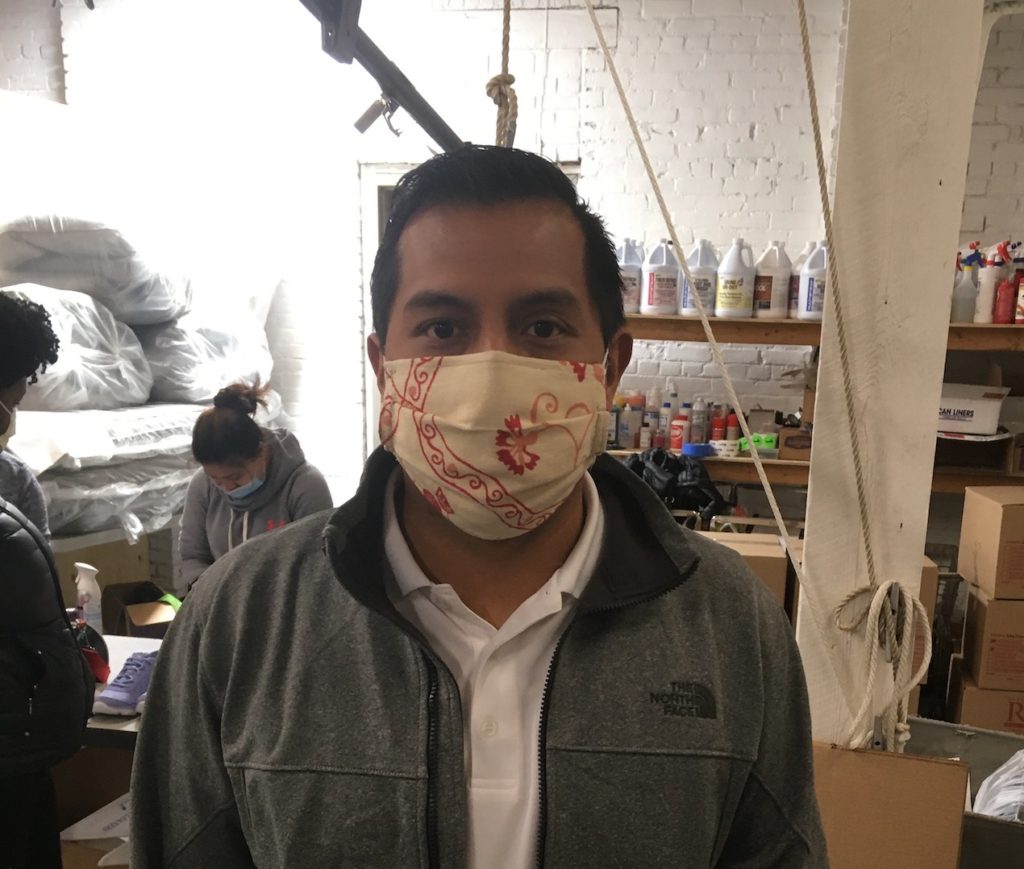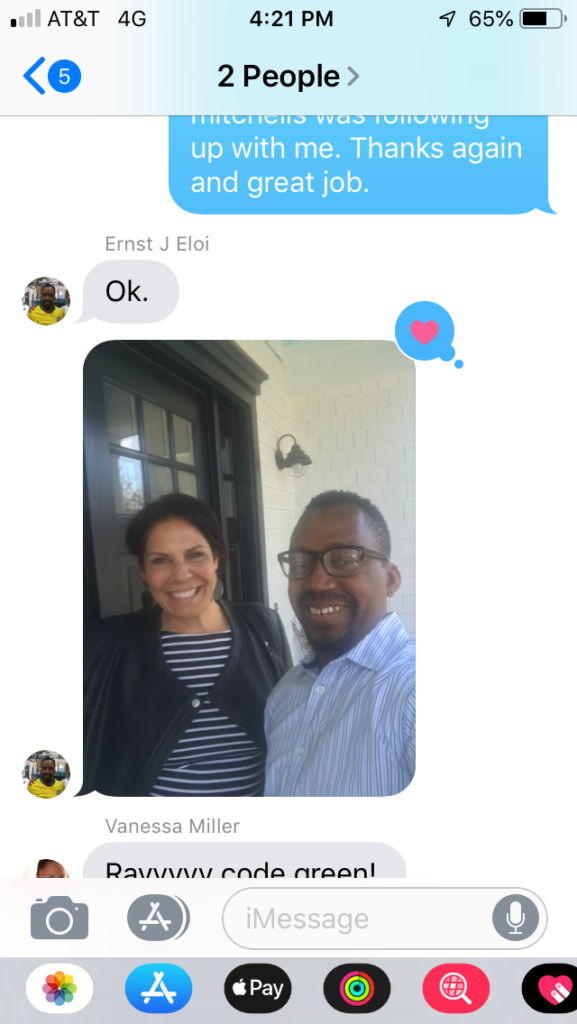
I started this blog years ago because I didn’t want our business to give bad service. I even thought not giving bad service was more than giving great service. We all experience such bad service out there with all types of businesses. You more often than not, don’t get a live person when you call a customer call center but rather get something like “push 1 if you want this; push 2 if that…” Businesses (not the people- that’s what this is about), don’t make service a priority or, probably more accurately, don’t know how to give good service, or, as we write about in this blog, how to avoid bad service and its cost.
Studies show that a person getting great customer experience will tell 1-3 people and those experiencing bad service will tell 8-10. Makes sense as the 8-10 people you vent on act as therapy for you to get through your anger and frustration for not being treated as a human.
Here’s a quick example of a great customer experience that I heard about the other day. My good friend bought some nice golf shoes that were pretty expensive but he thought they were worth it since they were comfortable and he likes to walk and hoof his golf bag when he plays. After his first time wearing them, they were comfortable but his socks were soaked from the wet grass. When he called the company, they explained the shoes he bought were not waterproof but they had a different shoe that was. Before my friend could explain his frustration, the customer service rep said we’ll send you the water proof pair at no charge and you can keep the other pair for playing on dry days. How do I know this? He told me because he was so satisfied (Fab Service concept #8 “surprise & delight”).
Now for the unfortunate example of bad service which we provided to a poor customer and although it pains me to write about it, I’ve actually realized why it happened and how to correct it. Not sure how many people he told but we certainly tortured him- so much so that he chronicled each step of the service from day one when he contacted us for some window treatment cleaning. Actually, he posted his complaint on this blog which, now that I remember, prompted me to write about it.
One thing I’ve learned from writing these blogs is that it helps me really think through the issues of good service or bad and what is the underlying cause or causes. As in the past, this one too revealed a different cause than it appeared and it was, what I would say, the most important lesson I’ve learned in giving great service.
To keep this as short as possible, the poor customer service was a result of a drapery cleaning job that was not standard cleaning. One of the window treatments needed some repairs and in an effort to satisfy the customer, we outsourced it to one of our partners in the business. We did a poor job of following up and as it turns out, the repair place lost them. Instead of addressing the issue, we stalled with the customer who got more and more upset. There were a lot more back and forths where we continued to make the matter worse, but let’s focus on what really is the problem.
Before writing this, I was so frustrated with the employee handling the customer. As the one who wants nothing more in his business to give great customer service, I was witnessing exactly what I was working against. Customer service is the most important thing we do as a business and I discuss it weekly with our team as well as write blogs about it in an effort to build a culture of service and I am livid over how this is being handled.
So, why did this happen? As I noted above, it is the most important lesson we learned from our customer experience journey – IT’S NOT THE EMPLOYEE.
The root cause of bad service is 1) poor systems and 2) lack of management of those systems and 3) people.
In other words, the problem is ME.
I started HomeCare with the idea that it would someday be a stand alone business. Well, it’s not there yet and needs help in developing systems and the management of those systems. And when there is no one else in the organization to do this, it is my job to either find someone or do it myself. Mea culpa!
Yes this was an expensive lesson to learn (or, sadly, re-learn) and as I write this we are not completely reconciled with the customer.
The cost of bad service:
- $932.02 reimbursement of cleaning cost
- $XXX cost of replacing window treatments (pending completion of job)
- A frustrated customer who didn’t deserve this treatment but wanted to give us his business.
- A bad public review of our service which xxx many people will see
- Bad word-of-mouth from this customer (estimate 8-10 as per above stat)
- Loss of business from the above reputation: unknown









